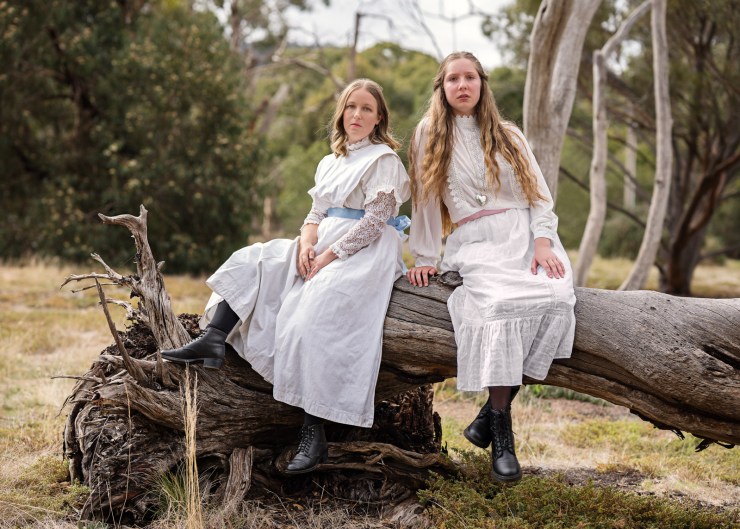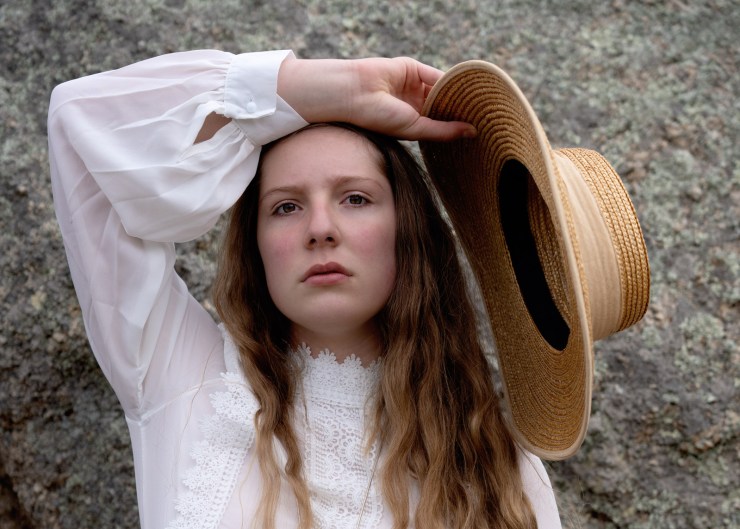Eyes are the windows to the soul, right? So when photographing people make sure you focus on the eyes. The best portrait photos are when the eyes are in sharp focus. It creates a sense of eye contact between the subject and viewer, creating a powerful and engaging image.
So, when shooting portraits, make sure you set your focus point carefully. Especially when using a shallow depth of field. But there are other things to consider too. Here are five steps to help nail perfect focus for portraits.
1. Use flexible spot focus
When you use flexible spot focus over other focus modes it allows you to really nail exactly WHERE you want your focus to be. Of course, you can always use manual focus, but you need to be able to move your camera’s actual focus point, rather than just have it in the middle.
Some people prefer to focus and then recompose the image to move the focal point, but for me, I much prefer to move my focal point to exactly WHERE I want it. I always go straight for the pupil if I can.
2. Aperture is important for perfect focus
Aperture is an important part of a portrait as well. If you have more than one subject think about using a narrower aperture to capture more in focus, say f/9 or even f/11. It is better to have everything in focus than nothing.
You can always adjust your aperture as you go. Sure f/1.4 or f/2 give that lovely creamy bokeh, but that is not always the best way to go. This is also dependent on the distance between your lens and the subject.

3. Know your lenses and their sweet spot
When it comes to lenses there is plenty of choices. I invariably use Tamron my 28-75mm f/2.8 lens for full-body shots in the studio, but for close-ups or on location I am often falling back to my Sony 85mm. I must say that the difference between the two lenses is remarkable.
I often find the best photos from my sessions are from my 85mm. There is something so beautiful and flattering about using an 85mm for portraits. But remember — each lens really should be calibrated to make sure the focus area is correct. And remember just because a lens may use an aperture like f/1.2 or f/1.4 this does not mean that you should use it. A lens is not at its sharpest at the widest aperture, instead, try stopping down to f/2.8 for sharper focus.
4. Understanding focal plane
Understanding the focal plane of your image is another important facet. If the subject is straight on to the camera both eyes should be level or on the same focal plane. If they slightly side on or on an angle then one eye will be on a different focal plane to the other.
When using a really wide aperture you have a very thin slice for your focal plane and it is often the eyes that suffer. Using a narrowing aperture can bring both eyes back into focus. If you need to use a wide aperture, focus on the eye that is closest to the camera.
When selecting your aperture, make sure that your shutter speed is sufficient to get a stable image without camera shake as well.

5. Post-production
There is a temptation to sharpen images, before print or even posting online. Sharpening is not always flattering in a portrait, as it can really highlight any flaws or imperfections in skin and such. Instead, try selectively sharpening just the eyes.
Alternatively, use selective contrast and highlights to really bring the eyes out. But do not over highlight and create weird zombie eyes — subtle adjustments are the way to go.

Hopefully, these five steps will help you to nail the perfect focus for your portraits.
Models: Nicola Paige and Emily Reinhard
Tell your story with the second annual Visual Storytelling Conference!
Experience four days of interactive, online training sessions featuring a range of educational content with experienced photographers and content creators. This free event kicks off with a series of technical boot camps to build essential skills, followed by live, online sessions on photography, video, business and social media. Join live from March 10-13, 2022!
